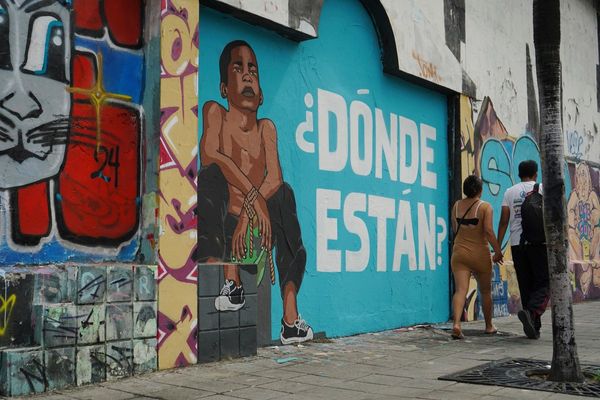
Sam Bankman-Fried has already been questioned by the police in the Bahamas who have opened a criminal investigation into the FTX collapse.
Sam Bankman-Fried, the fallen founder of cryptocurrency exchange FTX, has arguably become the most hated man on the planet since the overnight implosion of his crypto empire.
Calls to throw the former trader in jail are mounting on social networks, where many users have already put him on trial. Their verdict is unanimous: guilty of alleged fraud and a Ponzi Scheme.
This condemnation is in the light of the debacle caused by FTX, a firm valued at $32 billion in February.
Last summer, Bankman-Fried and FTX came to the rescue of many crypto businesses struggling with a liquidity crunch caused by the unexpected collapse of sister cryptocurrencies Luna and UST or TerraUSD.
'Right by Customers'
A few months later, FTX has filed for Chapter 11 bankruptcy. The downfall of this central player in the crypto industry will have significant consequences as many companies are exposed to FTX.
For retail investors, it is the disappearance of their savings, as it is not certain that they will recover their money.
Regulators have opened investigations. In the United States, the Department of Justice (DoJ), the U.S. Securities and Exchange Commission (SEC) and the Commodity Futures Trading Commission (CFTC) are investigating FTX.
In the Bahamas, where Bankman-Fried lives and where FTX is headquartered, police questioned the former crypto king on November 12. The local authorities have also opened a criminal investigation.
For the moment, Bankman-Fried is free and has not yet been officially charged with anything.
The 30-year-old remains active on Twitter, despite rumors that he would attempt to flee to Argentina or Dubai. He has just announced on the social network that he will meet the regulators in person because he is trying to repair, he says, the harm caused to FTX customers.
"My goal—my one goal—is to do right by customers," he wrote on November 15. "I’m contributing what I can to doing so. I’m meeting in-person with regulators and working with the teams to do what we can for customers. And after that, investors. But first, customers."
He added: "My goal:a) Clean up and focus on transparency' b) Make customers whole."
Unsurprisingly, the reactions to these messages were largely negative. Twitter users were quick to remind him that the current disaster shows that customers have never been his priority.
"You couldn’t care less abt your clients," said one Twitter user.
"If your only goal was the customer, why backdoor the audit system to pay off Caroline's gambling debt, and thereby shift the risk to the customer," blasted another user.
"Name the regulators, so that they too can be held accountable," another Twitter asked.
'Back Door'
The insolvency of FTX, which filed for Chapter 11 bankruptcy on November 11, was the result of a liquidity shortfall when clients attempted to withdraw funds from the platform a few days ago. The liquidity shortfall appears to have been the result of FTX’s founder reportedly transferring $10 billion of customer funds from FTX to his cryptocurrency trading platform Alameda Research, according toReuters, citing two sources that "held senior FTX positions until this week”.
FTX faces a shortfall of $1.7 billion, one source told Reuters, while the other source said that between $1 billion and $2 billion were missing. Bankman-Fried, who resigned as CEO on November 12, was once hailed as the savior of the sector during the liquidity crisis of last summer.
FTX's financials also showed that there was a "back door" in the books, created with "bespoke software," according to the news outlet. It was described as a way that Bankman-Fried could alter the firm's financial records without raising any alerts.
But Bankman-Fried denied the existence of a "back door."
As a crypto exchange, FTX executed orders for their clients, taking their cash and buying cryptocurrencies on their behalf. FTX acted as a custodian, holding the clients’ crypto currencies.
FTX then used its clients’ crypto assets, through its sister company’s Alameda Research trading arm, to generate cash through borrowing or market making. The cash FTX borrowed was used to bail out other crypto institutions in the summer of 2022.
At the same time, FTX was using the cryptocurrency it was issuing, FTT, as collateral on its balance sheet. This represented a significant exposure, due to the concentration risk and the volatility of FTT.







